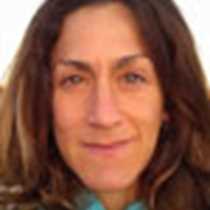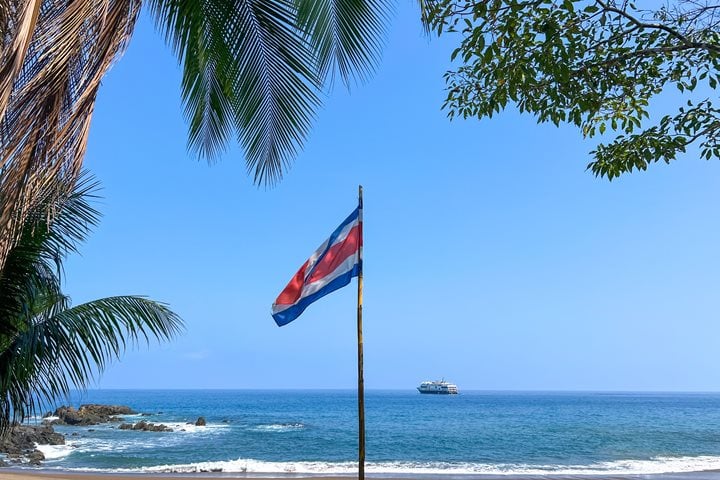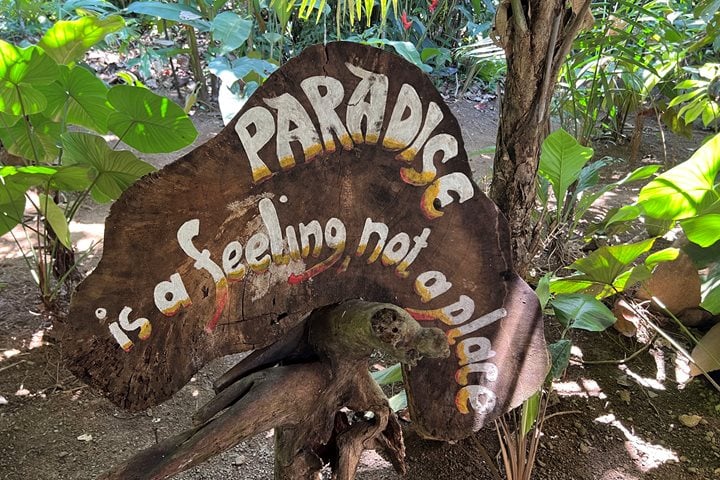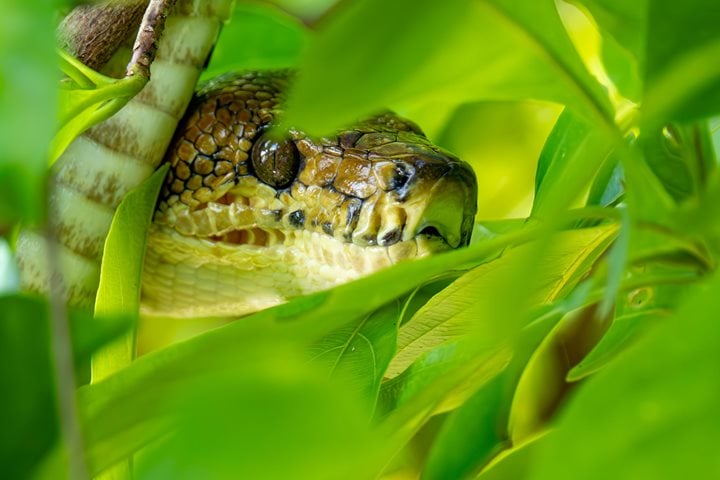As incredible as it sounds, we are in our last days of expedition. Our days of muddy trails, howling monkeys, and white sandy beaches loaded with hermit crabs are behind us…now we all are eagerly waiting for the Panama Canal, one of the world’s manmade wonders.
But our Expedition Leader Gustavo managed to juggle timings here and there in order to squeeze in another activity: a boat ride around a seabird colony loaded with magnificent frigatebirds, brown pelicans and brown boobies.
The islands of Otoque and Bona are the perfect predator-less rookery for the boobies to nest on ledges and pelicans and frigates to nest in trees. But more than just a safe place to nest, incubate, and fledge chicks, it comes down to availability of food.
A phenomenon known as upwelling is the key element as to why there are so many birds nesting on these islands. The engine for this upwelling is the trade winds, which blow the upper couple feet of warm water away, making the cool nutritious ocean water from the bottom to come up and be transformed into food by the phytoplankton confine in this upper layer. And so the chain of food begins...anchovies and sardines will eat the plankton, mackerels and jacks will eat the anchovies, tunas will eat the jacks and any leftover food will be shared amongst the pelicans, boobies and frigates.
Each species fishes at different levels: the boobies are great divers, reaching depths of 40 feet; the pelicans plunge from the sky; and frigates snatch jellyfish, mollusks and fishes from the surface – and if they are still hungry they will chase a boobie’s fresh catch of the day and steal it by harassing them.
In the late afternoon, National Geographic Sea Lion arrived to its anchorage site just outside Panama City, where different authorities of the Panama Canal came on board to check on safety issues. After this was completed and our Panama Canal pilot arrived, we were ready to start crossing through the Pacific locks, Miraflores and Pedro Miguel. After been raised up 85 feet, we were ready to continue through the Galliard or Culebra Cut then, the Gatun Lake where we dropped anchor and will sleep for the night.







